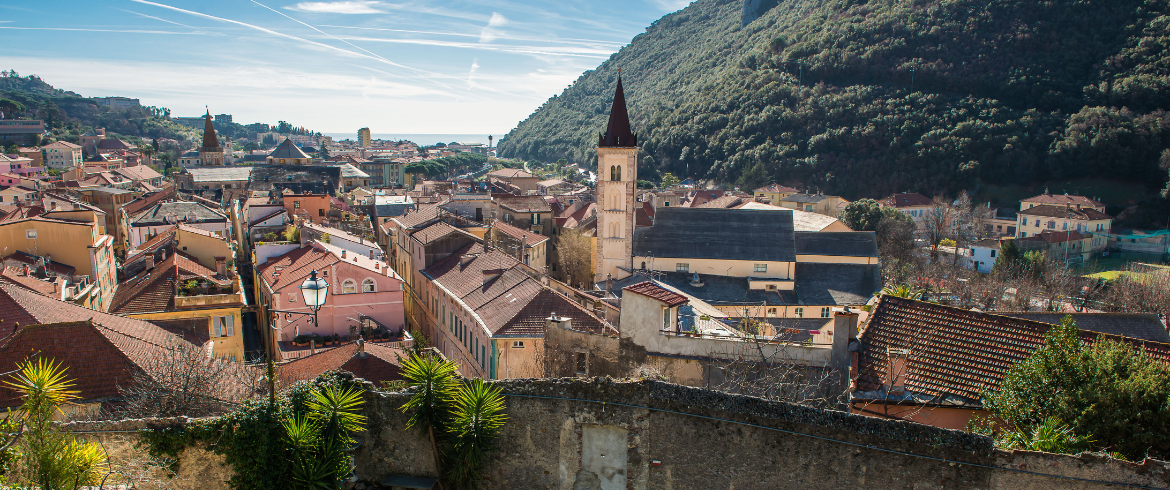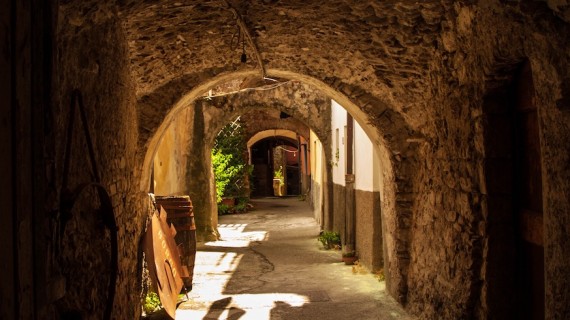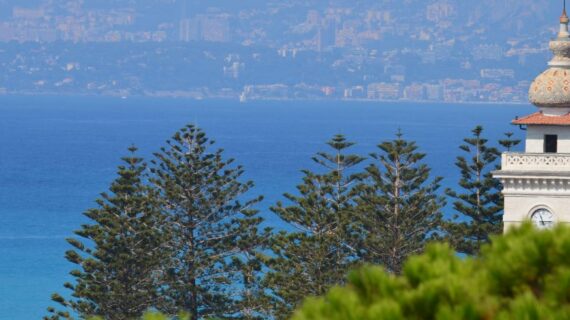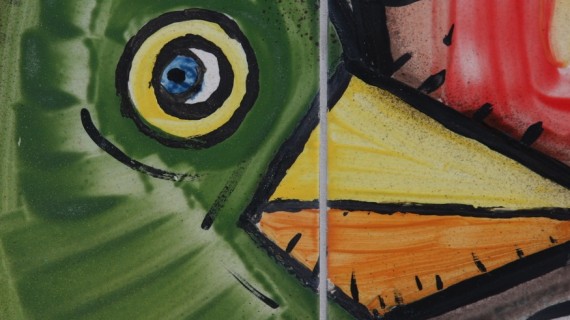Hidden in the picturesque region of Liguria, Finalborgo stands as a living testament to Italy’s rich history. This medieval gem was once the capital of the Marquisate and administrative center of Finale. It’s a captivating destination steeped in centuries-old tales. Today, it’s a fraction of Finale Ligure and it’s part of the “Most Beautiful Villages of Italy” list. Let’s embark on a journey to explore the fascinating heritage and timeless beauty that define Finalborgo.
Historical Beginnings
Founded towards the end of the 12th century, the roots of Finalborgo delve deep into history. It seems that the name derives from the Latin Burgum Finarii, describing a borderland during Roman times. Back then, Finalborgo stood as a fortress on the frontier, a cornerstone of the empire’s dominion. Over the centuries, it evolved into the administrative heart of the Marquises Del Carretto, extending its influence over the surrounding territory.
The strategic position of the village, nestled at the confluence of the Pora and Aquila rivers, explains its historical significance. The mighty walls of Finalborgo have endured through time, across the centuries, witnessing the tales of emperors, merchants, and common folk, which seem to echo through the present.
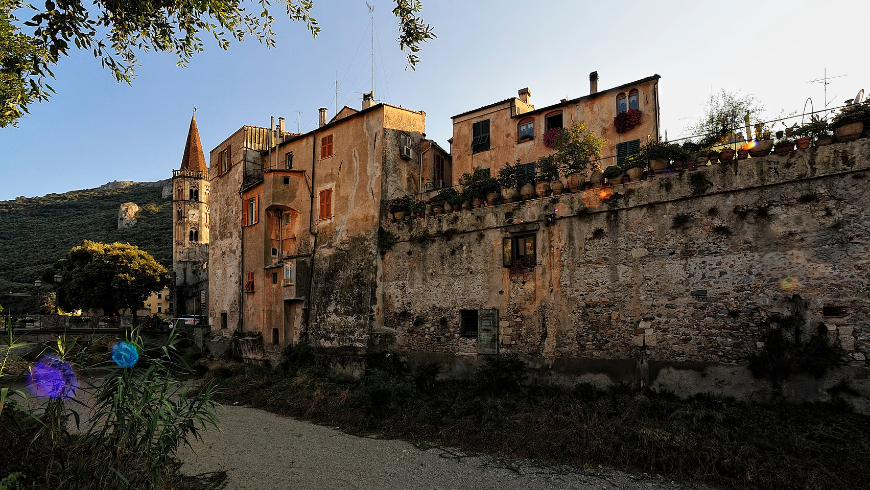
Finalborgo’s Medieval Architecture and Fortifications
Finalborgo proudly displays the remnants of its medieval past, seen in its 15th-century walled structure shaped after the war with Genoa. The surrounding walls were destroyed in 1448 and rebuilt in 1452. The semicircular towers and well-preserved gates. Firstly, the Porta Reale, which has always been the main entrance to the historic center even though it has been modified over the centuries. There are also Porta Romana, Porta Mezzaluna and Porta Testa, which is a medieval gate but with the addition of the clock tower in the 19th century. Castel San Giovanni, is the 17th century fortress over Finalborgo. It offers a great view of the surroundings, but unfortunately it’s not always open.
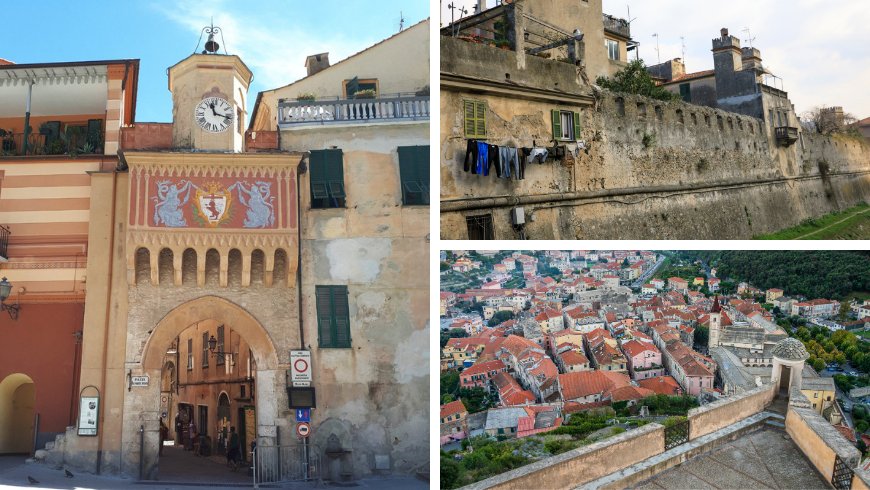
Wandering through Finalborgo’s narrow streets, visitors encounter many historical monuments. The Town Hall, an exemplary piece of early Renaissance architecture. Furthermore there are many palaces that showcase the village’s transformation under Spanish domination. Visitors can find in Gallesio street the Gallesio Palace and the Cavassola Palace from the 17th century, where Pope Pius VII lived. In the Aicardi square we can fin the Burnengo Palace, which has a double arched loggia. Court Palace is situated in Tribunale square, whose facade shows the transformations undergone in various periods. Furthermore there are two palaces closeby, which are examples of Baroque style facade and stuccoworks, namely Messea and Arnaldi Palace.
Each structure tells a story of the village’s resilience and adaptability throughout various historical periods. Throughout the town they used the “stone of Finale” to build the streets, squares, columns and gates.
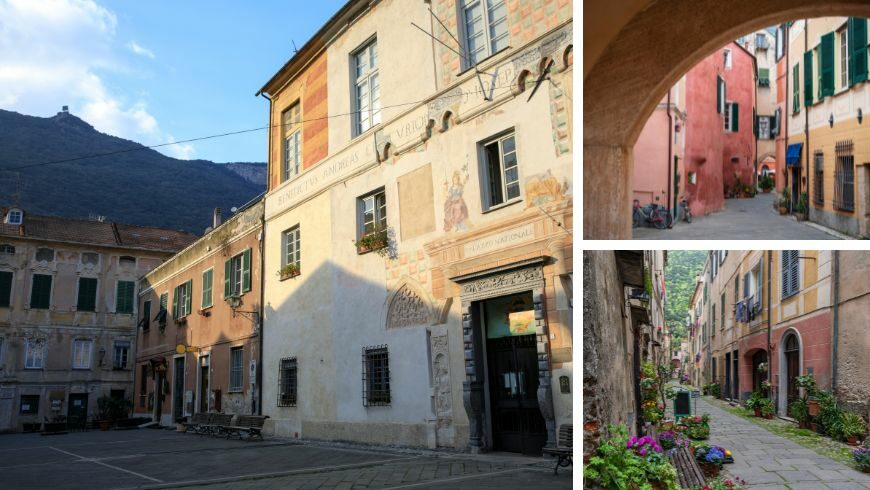
Cultural and Religious Heritage
The Basilica of San Biagio, a Baroque masterpiece built in the 17th century, stands as Finalborgo’s most important monument. Its unfinished stone facade conceals a breathtaking interior adorned with various embellishments. It was built in the 17th century, where a 14th century church stood before. The church of Santa Caterina and the Dominican complex, with origins dating back to 1360, after the death of Marquis Giorgio I del Carretto. Furthurmore, the Aycardi Theatre is also a building not to be missed as it’s included in the list of protected Italian monuments. They have just reopened it to the public after more than 50 years of closure and restoration.
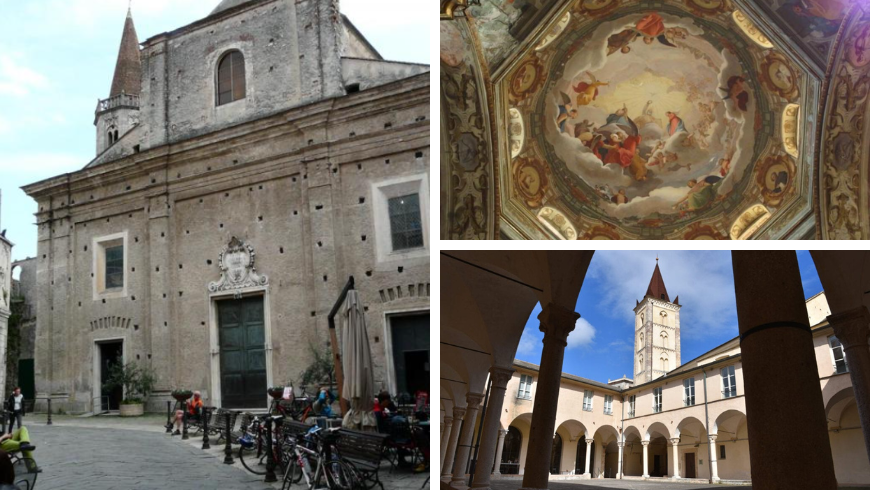
Culinary Delights
Beyond its historical and architectural wonders, Finalborgo has two local dishes that visitors should try. The so called “testa in cassetta” is a pork sausage produced here, while the handmade ravioli with borage is the other culinary delight that echoes the village’s traditional flavors.
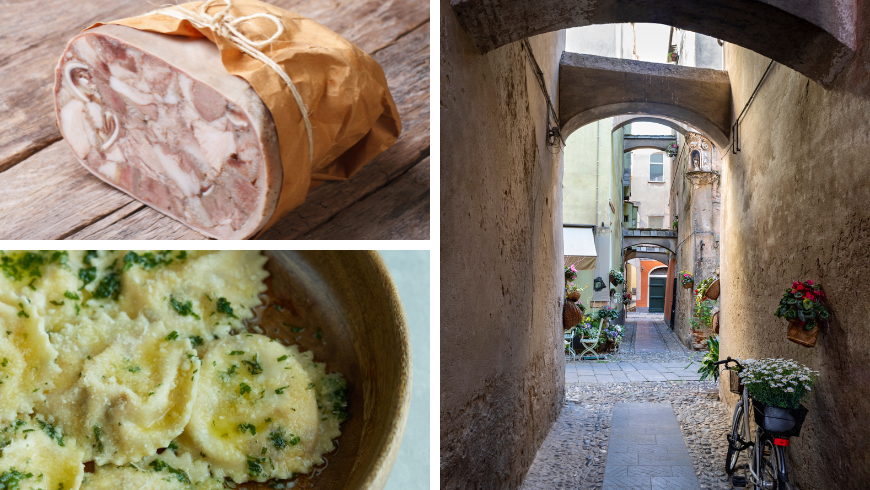
Green Itineraries: Exploring Finalborgo and Perti on Foot
Ascending from Finalborgo to Perti
If you love walking and admiring landscapes from above, don’t miss this pleasant stroll among castles, from the charming ancient village of Finalborgo to the enchanting hamlet of Perti.

Stage 1: Starting from the Tribunal Square in Finalborgo, we ascend along the narrow street climbing up the hill, typical of Ligurian “crose”. Soon, we encounter the first imposing fortress overlooking the village: Forte San Giovanni.
Stage 2: Continuing on the dirt path, we find ourselves under the imposing shadow of Castel Govone’s structure. It’s possible to reach the castle by following a steep trail among the rocks and Mediterranean scrub, enjoying a splendid view over the valley to the sea.
Stage 3: From Castel Govone, we take Strada Beretta leading us to Perti, passing through olive groves and cultivated fields. It’s also possible to reach Strada Beretta from Castel Govone via a shorter trail. Upon reaching Perti, the majestic Church of Sant’Eusebio dominates the skyline.
Stage 4: From Perti, a short stretch on the comfortable municipal road leads us to the picturesque Church of Our Lady of Loreto, a building immersed in olive groves offering a breathtaking panorama of Finalborgo and Finalmarina.
Eco-Friendly Hospitality near Finalborgo
Cà del Buio Eco B&B
If you’re in the area, don’t hesitate to stay at Cà del Buio Eco B&B, just 7 minutes by car from Castel Govone and 17 minutes from Finalborgo. The Casa Clima certified B&B is housed in a 1400s farmhouse surrounded by greenery. It’s the first Eco-B&B in Liguria with this certification, promoting energy efficiency and environmental sustainability. Rooms are furnished with unique pieces, and breakfast features local products served on a terrace with a view. An ideal place for an eco-friendly stay in nature.

B&B Pernambucco
Located just 5 minutes by car from Finalborgo, B@B PERNAMBUCCO is an eco-friendly Bed & Breakfast in a 1000s farmhouse, renovated in 2010. Situated in the tranquil valley of Aquila, it offers a rejuvenating peace away from urban hustle. Rooms do not have televisions to promote relaxation. Breakfast, served on the terrace overlooking Castel Govone and Perti, includes local products and Pernambucco oranges. It also offers guided outdoor activities like climbing, trekking, and canyoning.

Semi di Crescita
Semi di Crescita is a holistic center nestled in chestnut and hazelnut woods, 20 minutes from Finalborgo, ideal for finding serenity in nature. It offers Bed&Breakfast service and Residential Courses in Yoga and Ayurveda. The stone-built structure, typical of the Ligurian region, has a fully equipped room for classes and conferences with a view of the valley and the sea. The bedrooms, with private bathrooms, accommodate up to three people. The strategic location allows easy access to Finalese beaches, the village of Varigotti, and other places of interest.
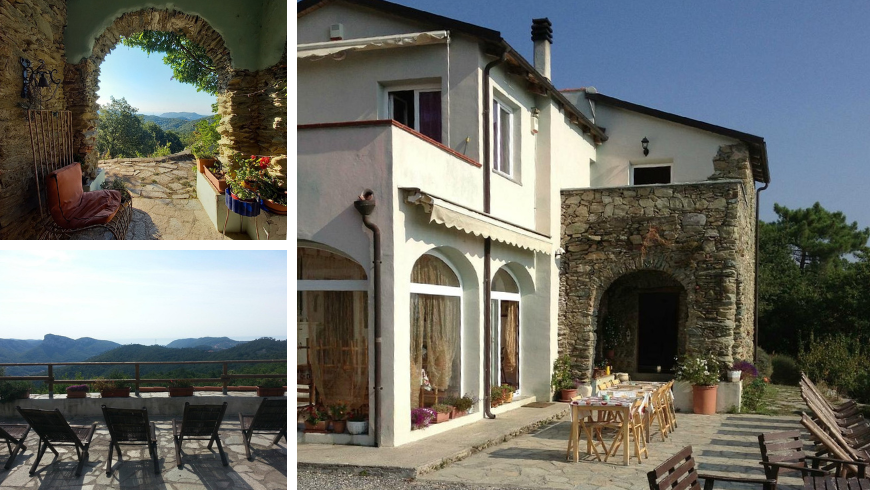
In conclusion, Finalborgo deserves to be on the list of Italy’s most beautiful villages. Here, you’ll immerse yourself in history, culture, and nature. And you’ll have the sea just a few kilometers away!
Photos via Canva Pro, Comune di Fine Liguria, I Borghi più belli d’Italia
